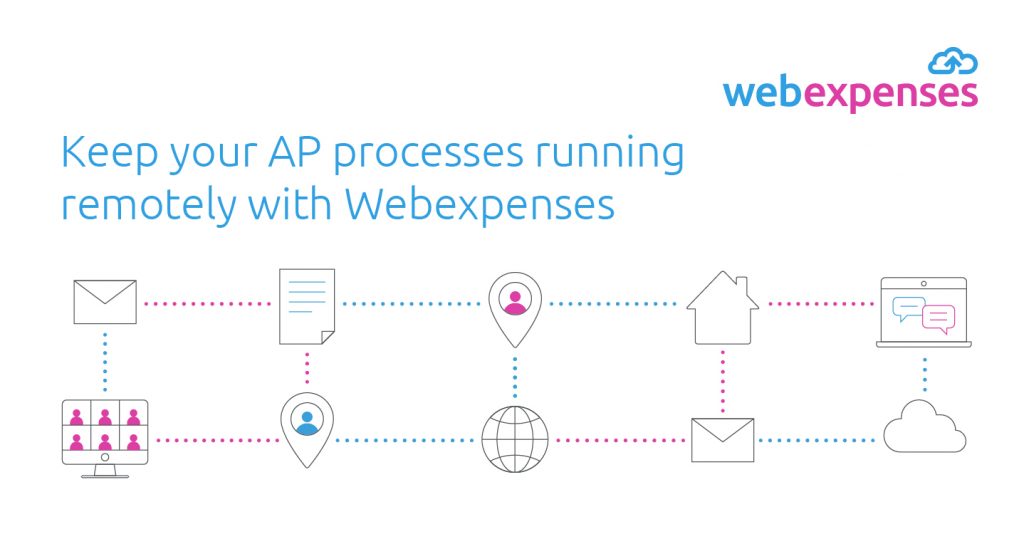
How online invoice management can help remote Accounts Payable teams
What is the importance of paperless invoice management?
The switch to remote working means having to rethink some of the ways we handle invoice management.
The traditional approach is based on having an office-based team that’s able to manually process incoming invoices - whether they are emailed or posted.
But it's an approach that’s not designed to handle the more adaptable requirements of a remote working team, with each person working from home.
This creates some significant challenges for AP departments who are currently having to adapt to homeworking.
Here’s a look at the problems and how to handle them:
What are the problems posed by manual invoice processing?
The main problems facing remote workers are caused by a reliance on paper-based processes. Invoices are one of the few remaining areas of business admin where this is still commonplace.
When invoices are received, they will typically be a posted document or as a PDF attached to an email. Postal invoices go to the office address and with many offices closed, no one will be able to receive these. PDF invoices are often printed out and scanned for manual handling.
When a team works remotely, simply accessing the invoices becomes a problem. With no office, documents have to be individually sent to team members. It creates a slow and unwieldy process that risks duplication and is hard to track.
Errors will inevitably be made with invoices being shuffled between locations and information scattered across different emails, spreadsheets and paper documents.
The time wasted by rekeying data into the accounting system takes away time that can be otherwise spent on crucial finance tasks such as managing your cash flow.
If the issue isn’t addressed early, it can disrupt business cash-flow and create frustrations for clients and customers who are waiting to receive their payments.
How do you handle invoice management with a remote team?
With the right tools, an efficient invoice management process can be maintained wherever the finance team is located. To achieve this requires a move away from traditional paper-based methods.
This can be achieved with cloud-based management software which automates the processing of incoming invoices. A system such as Webexpenses Invoice Processing creates a dedicated email where invoices are sent.
Invoices are automatically scanned with all of the required information, converted into a digital format and stored virtually. It means that anyone within a remote team can instantly access the information they need.
The features include:
Real-time checks
Automated alerts help to make sure that each person with a team knows exactly what’s required. It helps to maintain performance and avoid invoices getting ‘lost in the system’.
Integrated reporting tools
A home working AP professional can access all invoice related data instantly using integrated reporting functions. Reports that would take hours or days to compile using a traditional approach can be compiled in minutes.
Compliance safeguards
With improved management, a remote team can help to reduce the risks posed by errors or fraud. Automated checks identify potential issues such as mismatching company details or duplicate invoices.
Future-proofing invoice management
When a digital management system is combined with cloud-based tools such as Google Docs and Microsoft 360, it provides everything a remote working AP team requires for invoice processing.
By moving away from a paper process, a business can smoothly handle the transition to home working while improving the performance, quality and financial control of their AP process.
Working together - need help?
With all businesses having to handle these changes, it’s important to share knowledge and advice. If there’s any help you require to adapt your process to remote working, our team can help.
Phoebe Wood from Webexpenses Invoice Processing is hosting a webinar to highlight the challenges of using a manual process and how an automated approach to managing supplier invoices can keep vital AP processes running smoothly.
Select below your timezones to join the webinar:
Australian Eastern Standard Time (AEST)
British Summer Time (BST)
Central Daylight Time (CDT)

